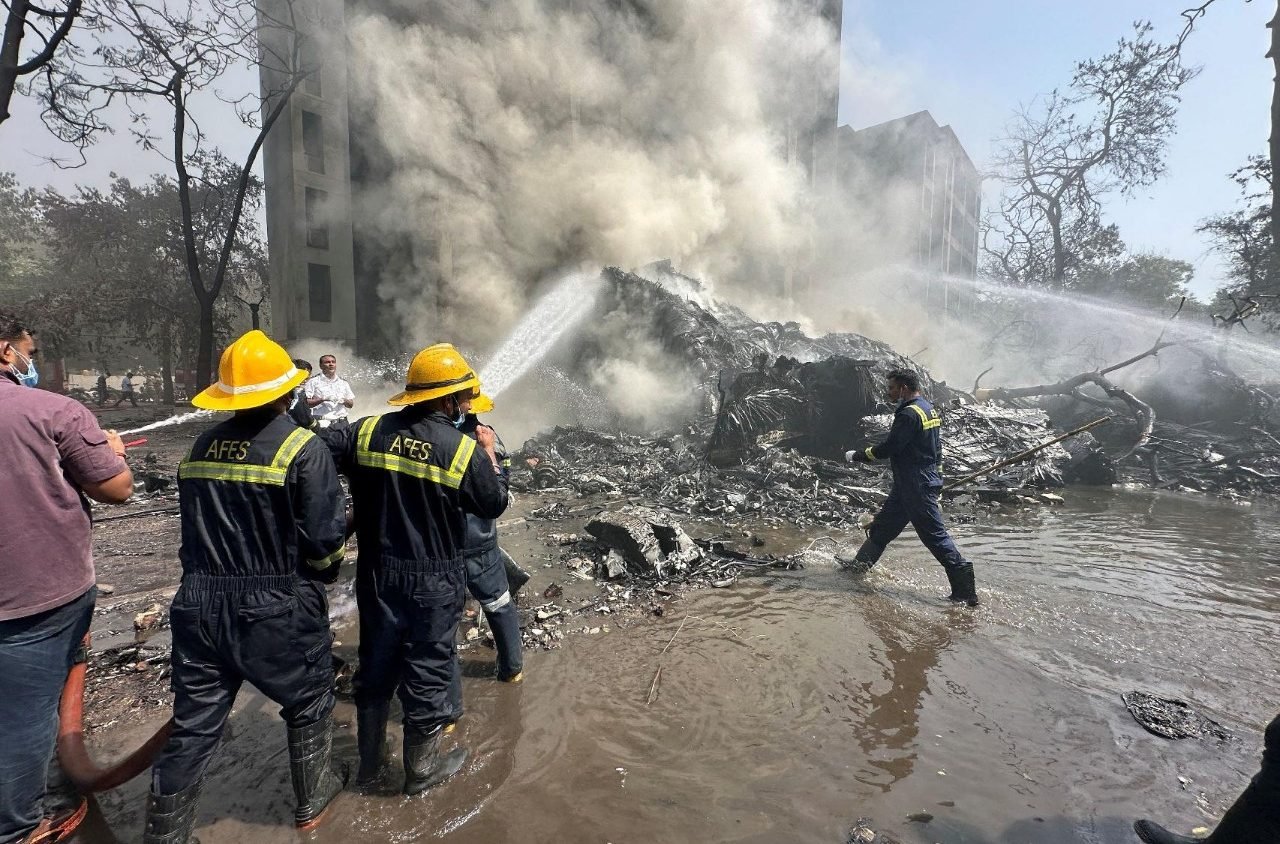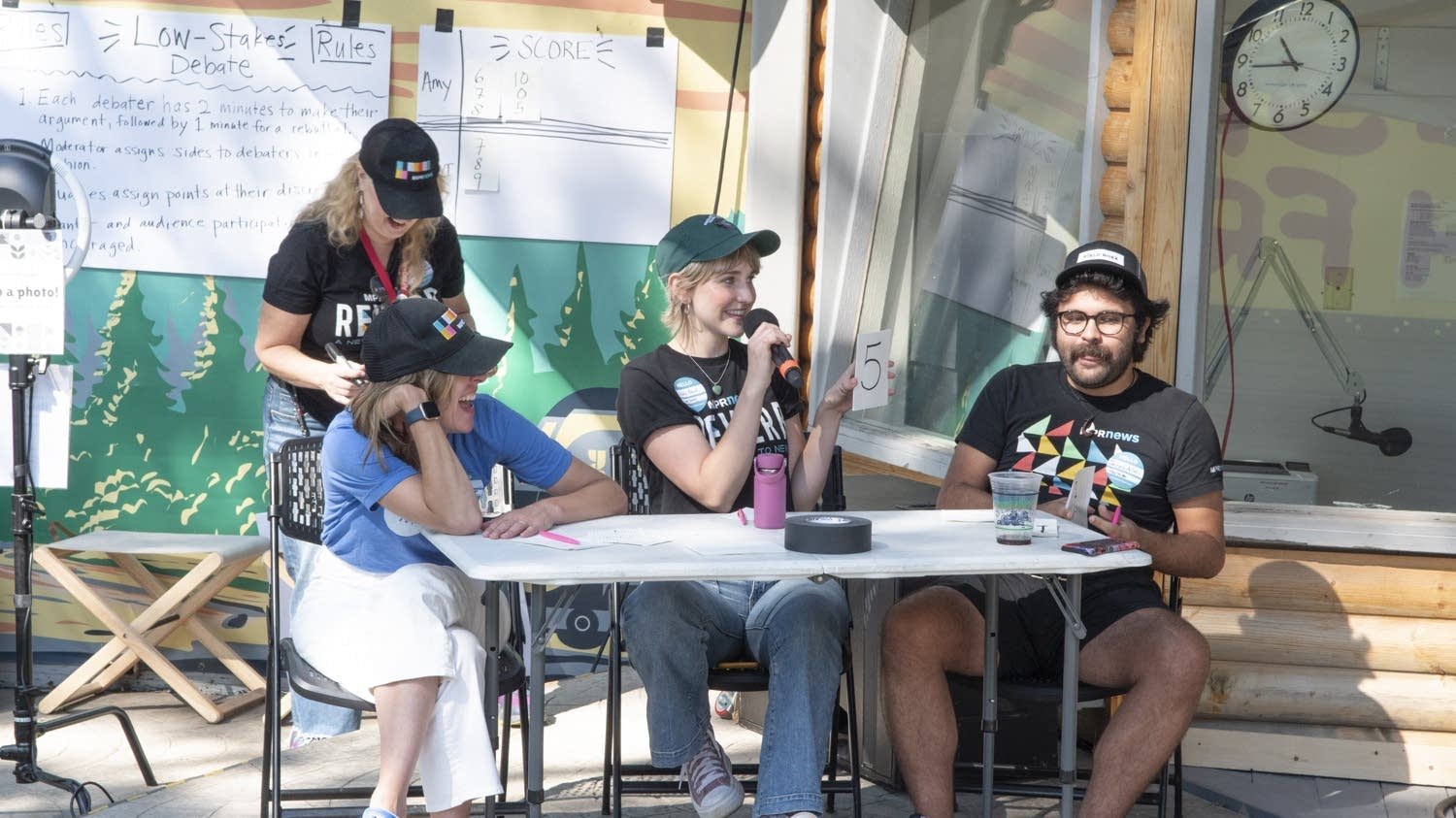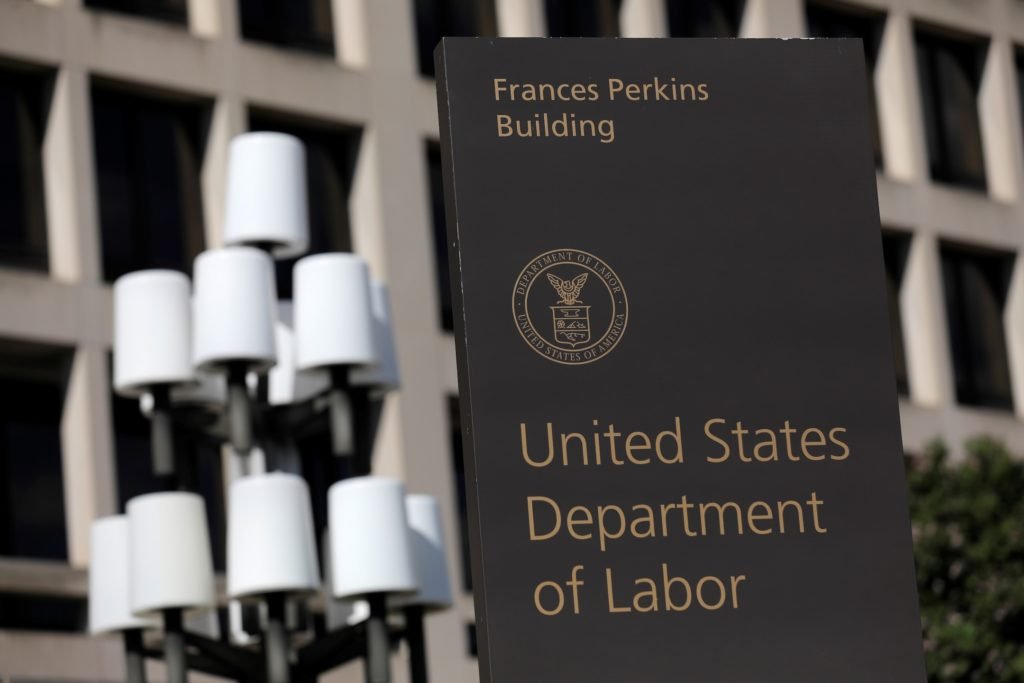overview
In June 2025, Israel launched a series of coordinated military strikes against Iran, targeting nuclear facilities, missile production sites, and high-ranking Iranian officials. These attacks represent a dramatic escalation in the long-standing shadow war between the two countries and have been accompanied by a wave of targeted assassinations of military and political leaders throughout the Middle East. The operations have heightened fears of a broader regional conflict, with both Iran and its allies vowing severe retaliation1234.
Israeli Strikes on Iran: What Happened
Timing and Scope:
On June 12-13, 2025, Israel conducted airstrikes across multiple Iranian locations, including the capital Tehran and the Natanz nuclear enrichment facility. The Israeli government stated these attacks were aimed at crippling Iran’s nuclear program and missile capabilities1234.
Key Targets and Locations:
- Natanz Enrichment Complex (Esfahan Province)
- Various neighborhoods in Tehran: Nobonyad Street, Lavizan district, Jahan Koudak Tower, Farahzad, Amir Abad, Andarzgou, Langari Street, Patrice Lumumba Street, Asatid-e Sarv Complex3
- Residential areas: Iranian sources reported civilian casualties and damage to non-military infrastructure12.
Israeli Rationale:
Prime Minister Benjamin Netanyahu described the operation as necessary to counter what he called an “imminent existential threat” from Iran’s nuclear ambitions, asserting that Iran was close to producing nuclear weapons23.
High-Profile Assassinations
In Iran
The Israeli strikes resulted in the deaths of several top Iranian military and scientific figures:
- Major General Mohammad Bagheri: Chief of Staff of the Iranian Armed Forces3
- Major General Hossein Salami: Commander of the Islamic Revolutionary Guard Corps (IRGC)123
- Major General Gholam Ali Rashid: Head of Khatam ol Anbia Central Headquarters13
- Fereydoon Abbasi: Former head of the Atomic Energy Organization of Iran13
- Mohammad Mehdi Tehranchi: President of Islamic Azad University and prominent physicist13
- Ali Shamkhani: Adviser to the Supreme Leader (reported critically injured)13
Beyond Iran: Regional Assassinations
Israel has also been linked to the targeted killings of leaders from groups allied with Iran:
- Hezbollah (Lebanon):
- Hamas (Gaza, Iran):
- Ismail Haniyeh, political leader of Hamas, was assassinated in Iran during the inauguration of Iran’s new president, allegedly by an Israeli missile strike5.
- Youssef al Kahlout: Killed in an Israeli airstrike on a Gaza school sheltering civilians6.
- Amgad Yemini: Platoon commander killed in Gaza City airstrike6.
- Ahmed Abu Ara and Raafat Dawasi: Senior operatives killed in a drone strike in Jenin6.
- Wassem Hazem: Head of Hamas in Jenin, killed in an IDF operation6.
- Ahmed Fawzi Nasser Muhammad Wadiyya: Senior Hamas commander, killed near Al Ahli hospital in Gaza6.
- Samer Abu Daqqa: Head of Hamas’ aerial unit in Gaza, killed in Khan Yunis6.
Regional and International Response
- Iran: Supreme Leader Ali Khamenei vowed severe retaliation, warning Israel would face a “bitter and painful outcome”12.
- Israel: Declared a state of emergency, with military officials describing the operation as a “point of no return”124.
- United States: Publicly denied involvement in the Israeli strikes, with President Trump reiterating opposition to an Israeli attack and expressing hope for renewed nuclear negotiations124.
- International Community: Widespread concern about escalation and the risk of a broader conflict, with calls for restraint and renewed diplomatic efforts54.
Conclusion
Israel’s recent attacks on Iran mark a significant escalation in regional hostilities, targeting not only military infrastructure but also high-ranking individuals central to Iran’s military and nuclear programs. These actions are part of a broader pattern of targeted assassinations across the Middle East, affecting leaders of Hezbollah, Hamas, and other groups. The fallout from these events is ongoing, with the potential for further violence and instability across the middle east




